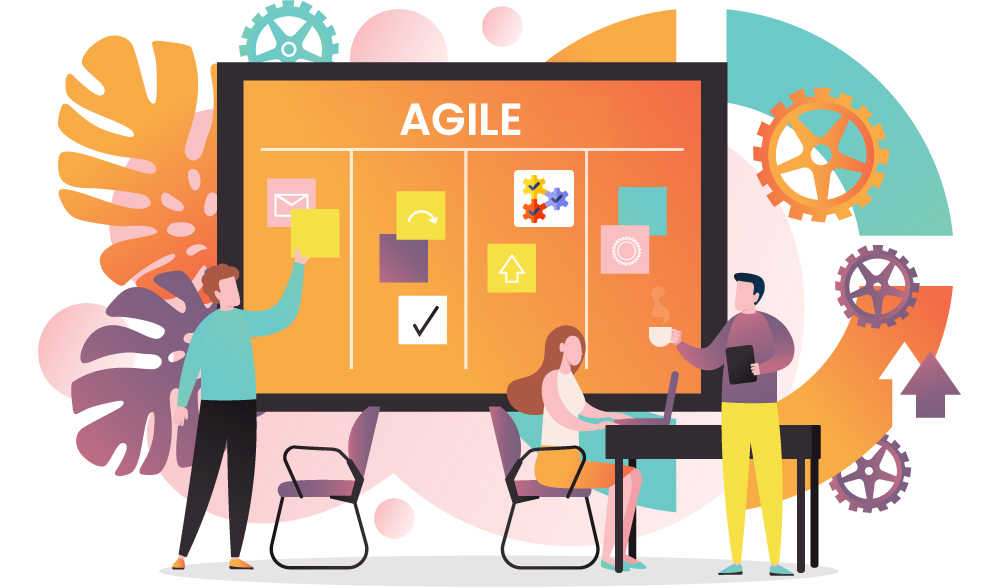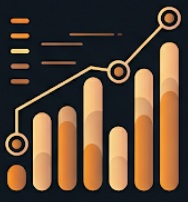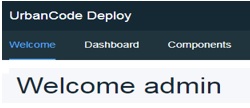The term ‘AGILE‘ and the tool ‘JIRA‘ have been complimenting each for almost two decades. While there are multiple other tools that provide agile templates; Jira is one of the most commonly used tool. Jira is an Atlassian product that actually started as a bug tracking application but then progressed to be a full fledged web application with agile as well as project management capabilities. This tool or to say this application is not only leveraged by Development teams but is also being used by Operations teams. Many organizations are standardizing this tool as an Enterprise level application that is used across multiple teams focusing on an integrated process that ties all them together. And this leads to a healthy DevOps culture. At one hand, Dev teams refer to Scrum projects and boards, while on the other; Ops teams refer to Kanban boards.
The current version of Jira is 8.5.4 and is available as an On-Prem installable application as well as an On-Cloud . It basically is an easy to use web application and comes with a variety of plugins to integrate with other tools. And yes, it does offer users with agile templates – scrum boards, velocity graphs, burn down charts, retrospectives, etc.
To enable end to end traceability between the project artifacts, Jira extends with other key Atlassian tools –
a. BitBucket – version control through Git
b. HipChat – collaboration, team connect
c. Confluence – sharing artifacts, knowledge management
d. FishEye / Crucible – source code review and reporting
The next set of chapters will focus on Jira capabilities (installation, configuration) and use cases that leverage integrations and APIs.


